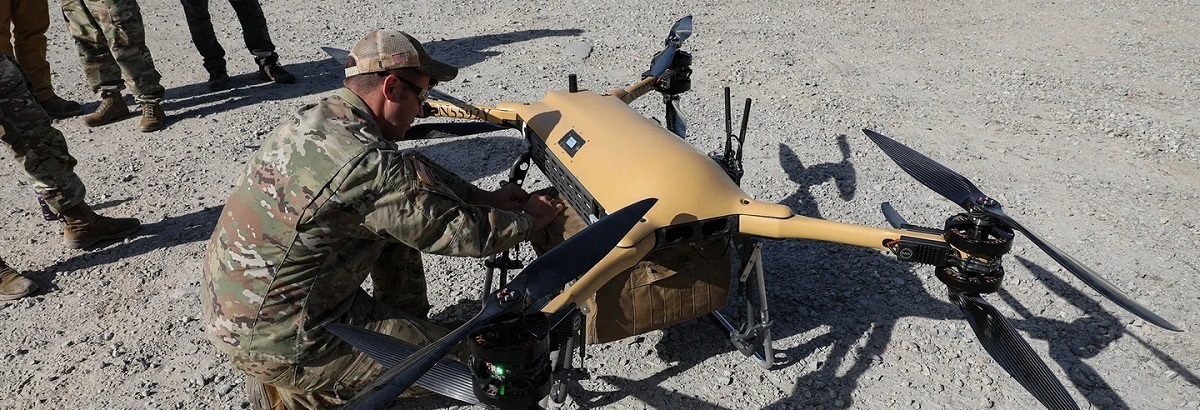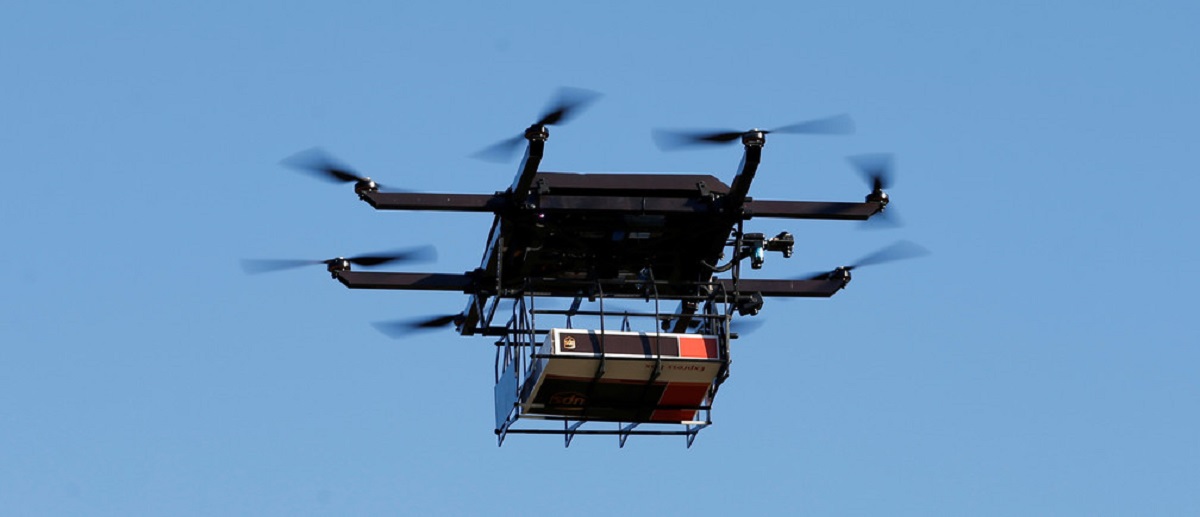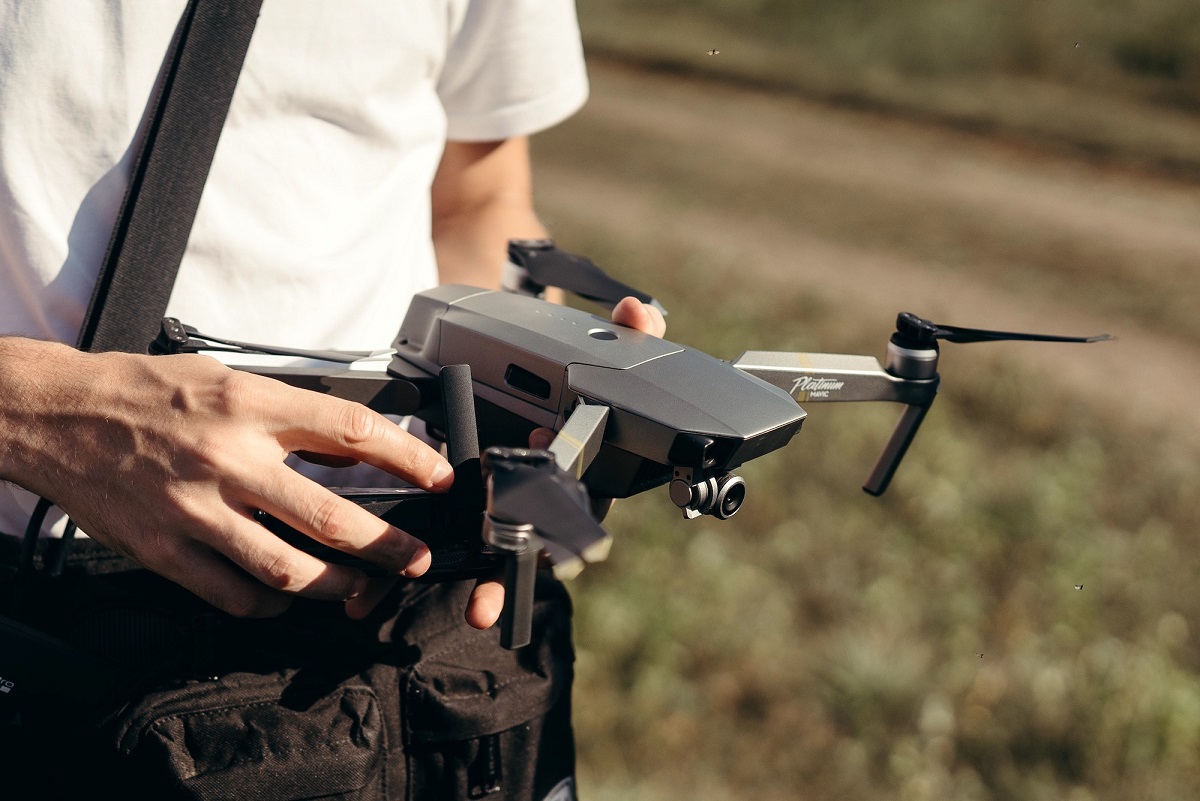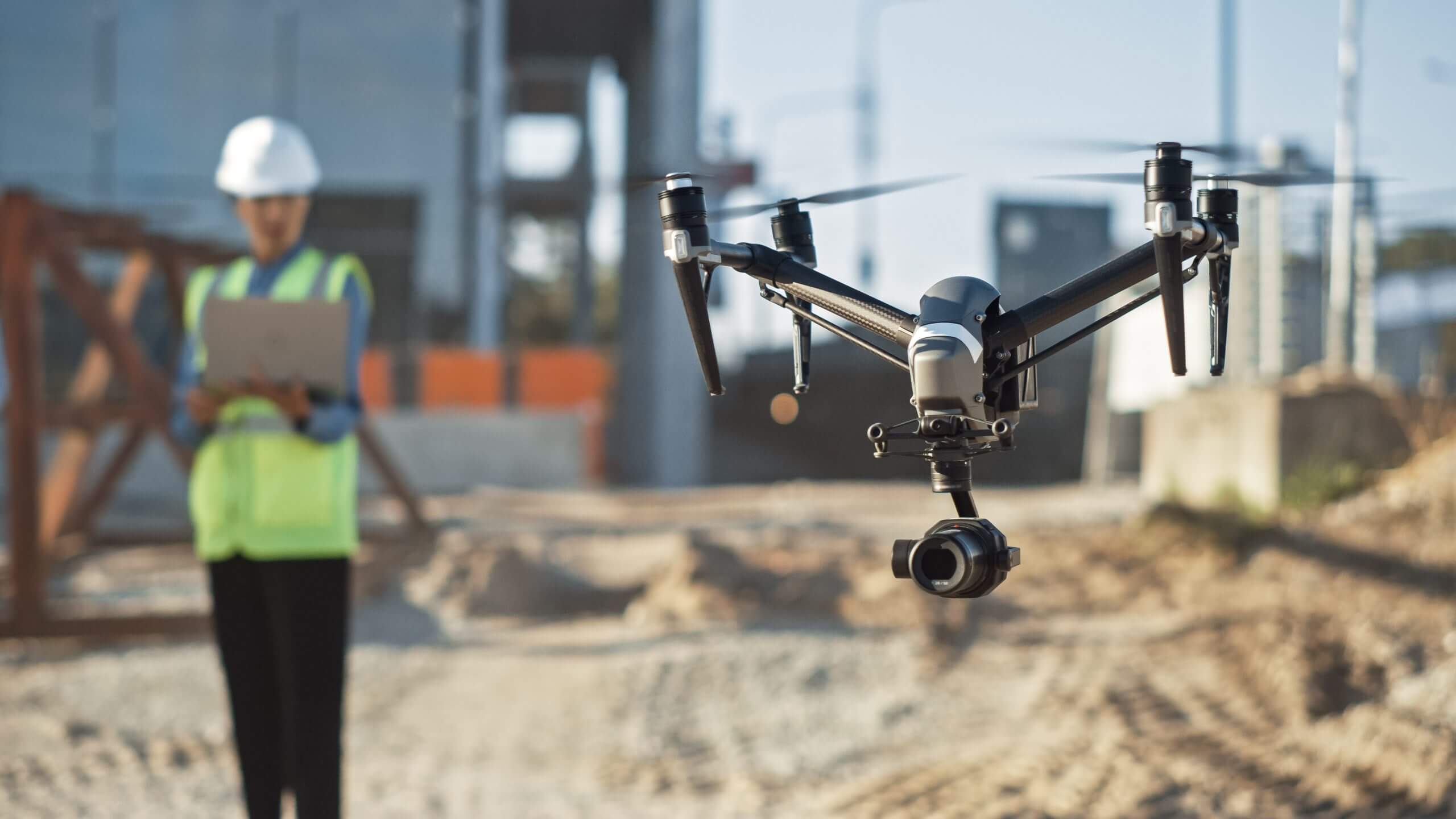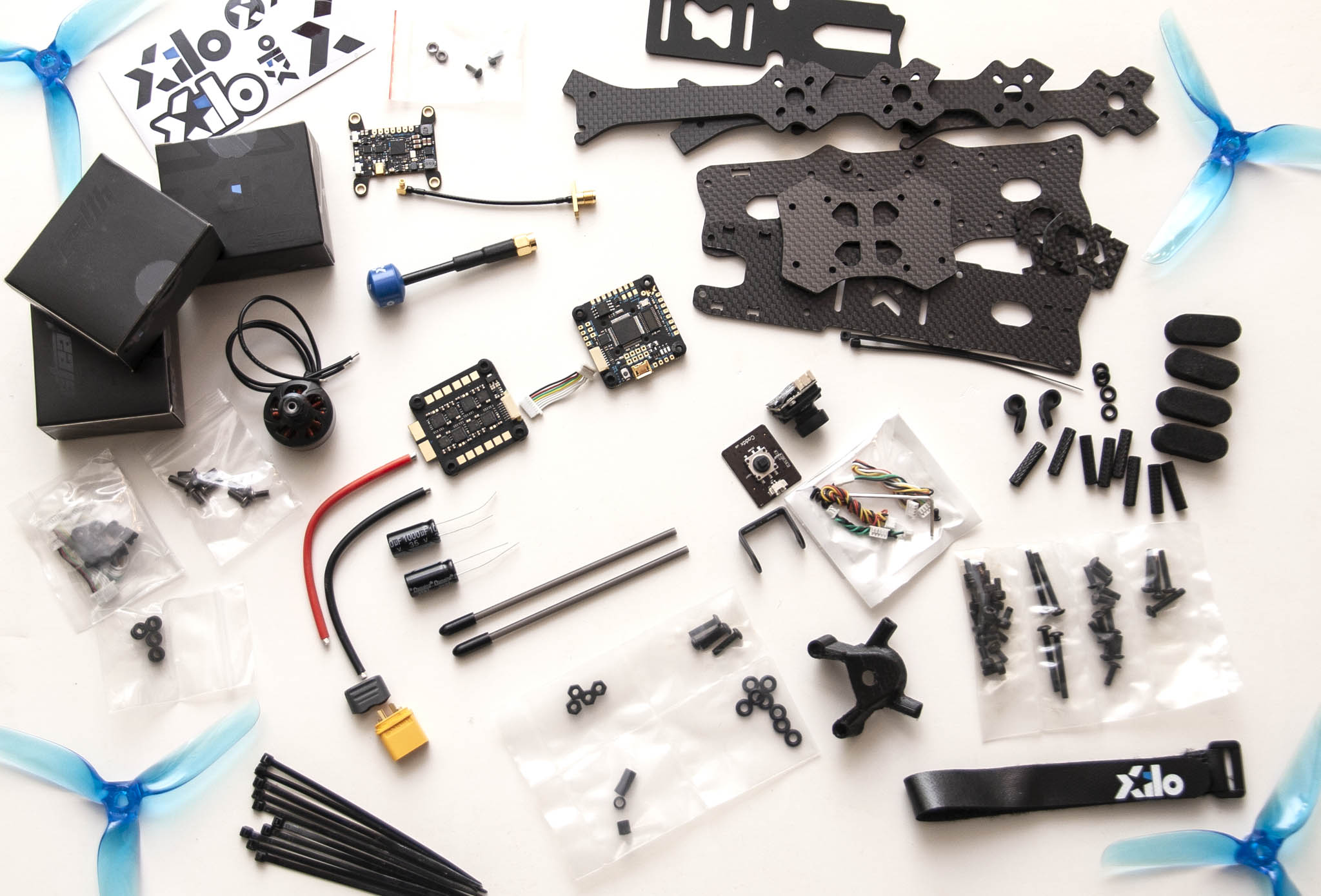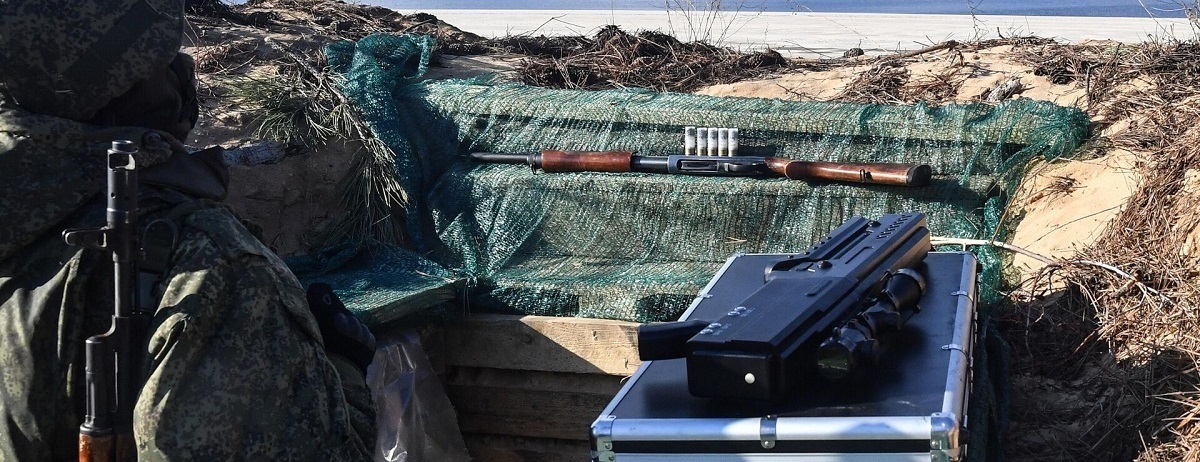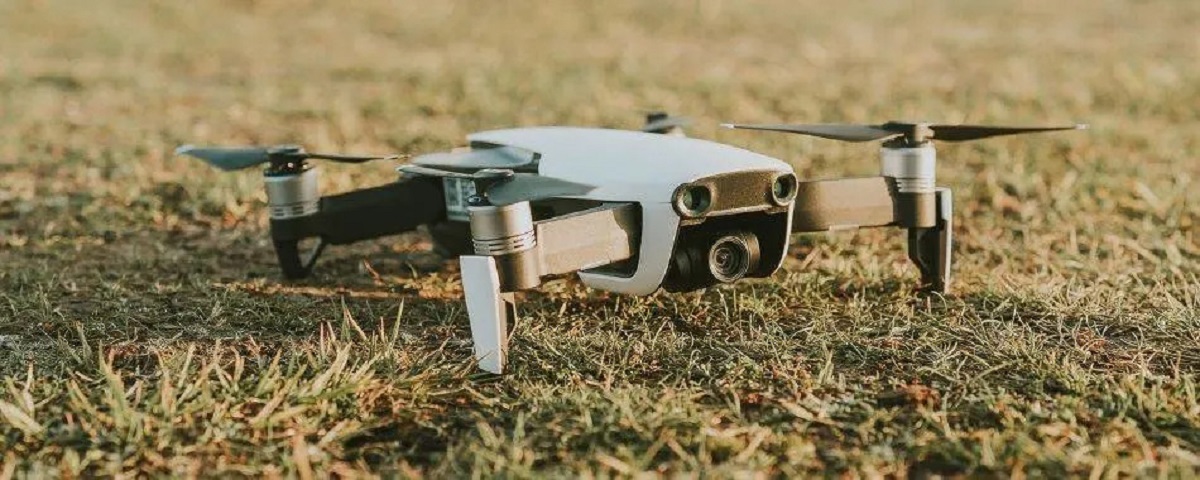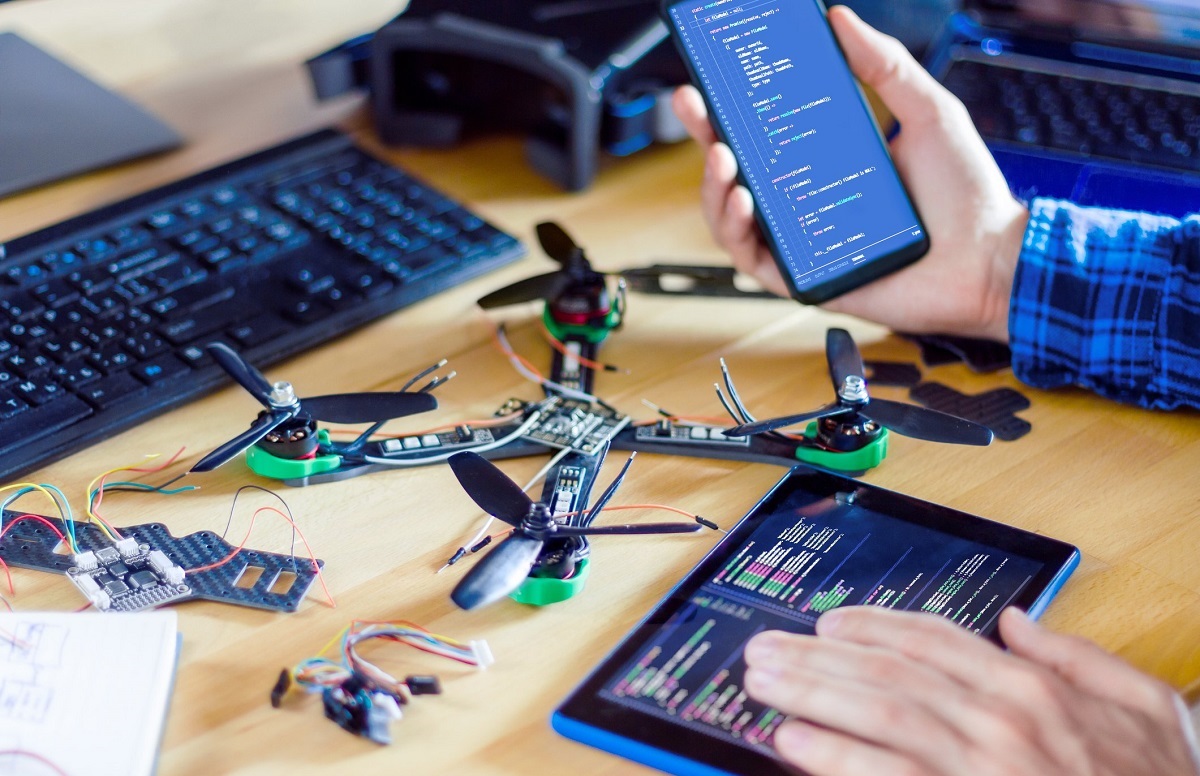Introduction
Drones have become increasingly prevalent in our modern society, revolutionizing various fields, from military operations to recreational activities. These unmanned aerial vehicles (UAVs) have captured the imagination of both technophiles and the general public alike. With advancements in technology, drones have evolved, becoming more sophisticated, capable, and, most notably, larger.
In this article, we will delve into the world of big drones, exploring their applications, advancements, and challenges. We will uncover the biggest drones used in military and civilian contexts, as well as their commercial and industrial uses. Furthermore, we will discuss the key advancements that have propelled these large UAVs to new heights.
The sheer size of these drones is astonishing, and as technology continues to progress, the potential for even larger and more powerful drones becomes increasingly feasible. However, building and operating these colossal flying machines does not come without its own set of challenges.
Join us as we explore the world of big drones, from their humble beginnings to their role in shaping the future of various industries.
What Is a Drone?
A drone, also known as an unmanned aerial vehicle (UAV), is an aircraft without a human pilot aboard. Drones are remotely controlled or can fly autonomously using software-controlled flight plans or onboard sensors and GPS. These versatile flying machines come in various shapes and sizes, ranging from small quadcopters to large fixed-wing aircraft.
Drones are equipped with different features and capabilities depending on their intended purpose. Most drones are equipped with cameras that capture still images or record video. These aerial perspectives allow for stunning visual content, making drones popular among photographers, filmmakers, and content creators.
Furthermore, drones offer numerous advantages over traditional manned aircraft. They can access hard-to-reach or hazardous areas, perform tasks with precision and accuracy, and operate in diverse environments. The versatility and agility of drones have made them indispensable tools in a wide range of industries.
While commonly associated with recreational and commercial applications, drones play a significant role in various sectors, including military, agriculture, infrastructure inspection, disaster response, and more. Their ability to gather real-time data, monitor large areas, and perform tasks efficiently has transformed numerous industries.
It is important to note that there are regulations and restrictions in place regarding the use of drones, particularly in terms of safety, privacy, and airspace regulations. These guidelines ensure responsible and safe drone use, protecting both operators and the public.
In the following sections, we will explore the fascinating world of big drones, their incredible applications, and the impact they have on various fields.
The Evolution of Drones
Over the years, drones have undergone a remarkable evolution, starting from their humble beginnings as remote-controlled aircraft and evolving into powerful, autonomous flying machines. This evolution has been driven by advancements in technology and increased demand for more capable and versatile UAVs.
The early days of drones can be traced back to the early 20th century when unmanned aircraft were used for target practice and as aerial targets in military training exercises. These early drones were simple in design and lacked the sophisticated features we see today.
It wasn’t until the late 1980s that drones started to gain more prominence with the development of the Predator drone by General Atomics. The Predator became an influential drone in military operations, providing surveillance and reconnaissance capabilities. This marked a significant turning point in the development of UAV technology.
As technology advanced, drones became capable of carrying out more complex tasks. The integration of advanced sensors, cameras, and GPS systems enabled drones to fly autonomously and perform a wide range of missions. This autonomy and versatility opened up new possibilities for drone applications in various fields.
In recent years, the miniaturization of components and advancements in battery technology have led to the rapid development of smaller, consumer-grade drones. These compact drones, such as quadcopters, have become increasingly popular for recreational use, aerial photography, and videography.
Simultaneously, the demand for larger and more powerful drones has increased. Military organizations across the globe have invested heavily in the development of large drones capable of carrying heavy payloads, conducting surveillance, and even performing strikes. These drones, often resembling traditional aircraft in size, have greatly expanded the capabilities of military operations.
The use of drones in civilian applications has also expanded significantly. Large drones are utilized for tasks such as search and rescue missions, surveying large areas, crop spraying in agriculture, and even delivering medical supplies to remote areas.
As drones continue to evolve, advancements in materials, artificial intelligence, and communication systems are improving their efficiency, speed, and endurance. These advancements have further expanded the range of applications and have opened up possibilities for more complex missions in challenging environments.
In the next sections, we will explore some of the biggest drones used in military and civilian applications and examine the key advancements that have propelled these large UAVs to new levels of performance and capability.
Biggest Drones in Military Applications
The military has been at the forefront of developing and utilizing some of the largest and most advanced drones in the world. These drones play a crucial role in intelligence gathering, surveillance, reconnaissance, target acquisition, and even offensive operations. Let’s explore some of the biggest drones used in military applications.
1. General Atomics MQ-9 Reaper: The MQ-9 Reaper, developed by General Atomics, is one of the most well-known and widely used large drones in military operations. With a wingspan of 66 feet and a length of 36 feet, it weighs around 4,900 pounds. The MQ-9 Reaper is capable of carrying a variety of weapons, including missiles and guided bombs, making it a formidable unmanned combat aircraft.
2. Northrop Grumman RQ-4 Global Hawk: The RQ-4 Global Hawk is a high-altitude, long-endurance surveillance drone used for intelligence, surveillance, and reconnaissance (ISR) missions. With a wingspan of 130 feet and a length of 47 feet, it can stay aloft for over 30 hours at altitudes above 60,000 feet. The Global Hawk provides real-time imagery and data, giving military personnel valuable information for strategic decision-making.
3. Boeing X-45: The Boeing X-45 is an experimental unmanned combat aerial vehicle (UCAV) designed to operate alongside manned aircraft in combat. Although it never entered full-scale production, the X-45 showcased the potential of large autonomous drones in combat scenarios. It had a wingspan of approximately 49 feet and a length of 27 feet.
4. Dassault nEUROn: The nEUROn is a European stealth combat drone developed by Dassault Aviation, along with other partner nations. With a wingspan of around 41 feet and a length of 31 feet, it is designed for multiple roles, including surveillance, target acquisition, and offensive missions. The nEUROn illustrates the collaborative efforts among European nations to develop advanced military drone technology.
5. China Aerospace Science and Technology Corporation CH-5: The CH-5, also known as the “Rainbow,” is a large reconnaissance and strike drone developed by China. With a wingspan of 65 feet and a length of 35 feet, it has an impressive endurance of up to 60 hours and can carry a variety of missiles and bombs. The CH-5 has become a significant asset for the Chinese military, showcasing China’s advancements in drone technology.
These are just a few examples of the biggest drones used in military applications. The development and deployment of large military drones have revolutionized the way modern militaries conduct operations, providing enhanced capabilities and reducing the risks to human personnel. The continuous innovation and technological advancements in military drones will undoubtedly shape the future of warfare.
Biggest Drones in Civilian Applications
While the military utilizes large drones for various operations, the civilian sector has also embraced the use of big drones for a range of applications. Let’s explore some of the biggest drones used in civilian contexts.
1. DJI Agras T20: The DJI Agras T20 is a large agricultural drone designed for precision crop spraying. With a wingspan of 14 feet, it can carry a payload of up to 20 liters of liquid pesticides or fertilizers. The Agras T20 is highly efficient and can cover large areas of farmland, helping to automate and improve efficiency in agriculture.
2. Yamaha RMAX: The Yamaha RMAX is a commercial-grade agricultural drone used predominantly in Japan for crop spraying. With a wingspan of approximately 11 feet, it has a payload capacity of 62 pounds. The RMAX is designed for precision spraying, allowing farmers to target specific areas or crops, maximizing resources and reducing environmental impact.
3. Ehang 216: The Ehang 216 is a large passenger drone that utilizes autonomous flying technology. With a wingspan of over 36 feet and a payload capacity of around 500 pounds, it is designed to transport passengers across short distances. The Ehang 216 represents the potential future of urban transportation, offering a faster and more convenient alternative to conventional methods.
4. Zipline drones: Zipline is a company that specializes in using large drones for medical delivery in remote areas. Their drones, with wingspans of around 9 feet, are capable of delivering medical supplies, including blood, vaccines, and medications, to areas with limited access to healthcare facilities. These drones have played a crucial role in improving medical logistics and saving lives in remote regions.
5. Volocopter: Volocopter is an innovative company developing passenger drones for urban air mobility. Their drones, with multiple rotors and a diameter of approximately 36 feet, are designed to transport passengers efficiently and safely within urban environments. These drones offer a potential solution to traffic congestion and aim to revolutionize the way people commute in crowded cities.
These examples illustrate the diverse applications of big drones in the civilian sector. From agriculture and medical delivery to passenger transportation, these drones are transforming industries and improving efficiency in various fields. As technology continues to advance, we can expect to see even larger and more capable drones being deployed for a wide range of civilian applications.
Commercial and Industrial Uses of Large Drones
Large drones have found numerous applications in the commercial and industrial sectors, revolutionizing various industries and offering new possibilities for efficiency, productivity, and safety. Let’s explore some of the key uses of big drones in these sectors.
1. Aerial Photography and Videography: Large drones equipped with high-quality cameras have become invaluable tools for photographers, videographers, and filmmakers. These drones enable breathtaking aerial shots and smooth cinematic footage, offering a unique perspective that was previously only possible with helicopters or cranes.
2. Infrastructure Inspection: Large drones are increasingly used for inspecting infrastructure, such as bridges, power lines, pipelines, and buildings. Equipped with high-resolution cameras and sensors, these drones can capture detailed imagery and data, allowing for efficient and thorough inspections. This eliminates the need for manual inspections, which can be time-consuming, costly, and potentially dangerous.
3. Construction and Surveying: Big drones equipped with LiDAR (Light Detection and Ranging) technology are used for mapping, surveying, and monitoring construction sites. These drones can quickly generate accurate 3D models and topographic maps, aiding architects, engineers, and construction professionals in project planning, site analysis, and progress tracking.
4. Environmental Monitoring: Large drones are employed in environmental monitoring and research. They can collect data on air quality, water pollution, wildlife populations, and vegetation health. These drones enable scientists and researchers to gather real-time information, monitor ecosystems, and study environmental changes more efficiently and effectively.
5. Cargo Delivery: Some companies are exploring the use of large drones for cargo delivery. These drones have the potential to transport goods across challenging terrains or in areas with limited infrastructure. They have the capacity to carry significant payloads, making them useful for delivering supplies during emergency situations or reaching remote regions.
6. Search and Rescue Operations: Large drones equipped with thermal imaging cameras and other sensors are used in search and rescue operations. These drones can cover large areas quickly and locate missing persons or survivors in difficult-to-access locations. They provide invaluable assistance to rescue teams, increasing the chances of a successful outcome.
These are just a few examples of the commercial and industrial applications of large drones. With their ability to carry heavy payloads, cover vast areas, and perform precise tasks, big drones are transforming industries, increasing efficiency, and enhancing safety standards.
Key Advancements in the Biggest Drones
The development of big drones has been driven by significant advancements in technology, propelling these unmanned aerial vehicles (UAVs) to new heights of performance and capability. Let’s explore some of the key advancements that have shaped the biggest drones.
1. Enhanced Flight Performance: One of the notable advancements in big drones is their improved flight performance. These drones can now achieve longer flight times, extended range, and higher speeds. This is made possible through advancements in battery technology, aerodynamics, and motor efficiency.
2. Advanced Sensor Technology: Big drones are equipped with advanced sensor technologies, including high-resolution cameras, LiDAR, thermal imaging, and multispectral sensors. These sensors provide critical data for various applications such as surveillance, mapping, and environmental monitoring. The increased resolution, accuracy, and sensitivity of these sensors have significantly improved the capabilities of large drones.
3. Autonomous Navigation: Autonomy is a key advancement in big drones. These UAVs can now navigate autonomously using sophisticated software and GPS systems. They are capable of following pre-programmed flight paths, avoiding obstacles, and performing complex maneuvers. Autonomous capabilities enhance efficiency, reduce human errors, and allow drones to operate in challenging environments.
4. Payload Capacity: The ability to carry heavy payloads has been a crucial advancement in big drones. These UAVs can now carry sophisticated equipment, multiple cameras, and even cargo. The increased payload capacity opens up new possibilities for applications such as aerial photography, surveying, infrastructure inspection, and cargo delivery.
5. Communication and Connectivity: Large drones now have improved communication and connectivity capabilities. They can transmit live video feeds, telemetry data, and control signals over longer distances. This allows for real-time monitoring, remote control, and seamless integration with other systems, enhancing their overall functionality and operational efficiency.
6. Safety Features: The advancement of safety features is paramount in the development of big drones. These UAVs are equipped with redundant systems, fail-safe mechanisms, and collision avoidance technology. These features ensure safer operations, mitigating the risks associated with potential technical failures or mid-air collisions.
These advancements in big drones have significantly expanded their capabilities and applications. As technology continues to progress, we can expect further advancements in areas such as artificial intelligence, energy efficiency, and materials. These advancements will continue to shape the future of big drones, unlocking new opportunities for industries and pushing the boundaries of what is possible in unmanned aerial technology.
Challenges of Building and Operating Large Drones
While big drones offer numerous advantages and possibilities, they also come with their fair share of challenges. Building and operating these large unmanned aerial vehicles (UAVs) present various technical, logistical, and regulatory challenges that require careful consideration. Let’s explore some of the key challenges involved in building and operating large drones.
1. Size and Weight: The sheer size and weight of big drones present challenges in terms of design, construction, and transportation. Building a robust and structurally sound aircraft that can withstand the stresses of flight while carrying heavy payloads requires specialized engineering and manufacturing techniques.
2. Power Source and Endurance: Large drones require substantial power to fly and sustain flight for extended periods. Developing efficient power sources, such as high-capacity batteries or hybrid systems, is essential to ensure sufficient endurance for long-range missions and heavy payload operations.
3. Flight Stability and Control: Maintaining stable flight and precise control of big drones can be challenging due to their size and weight. Aerodynamic design, advanced flight control algorithms, and sensor integration are necessary to ensure stability and maneuverability during flight.
4. Regulations and Airspace Management: Operating large drones in regulated airspace poses regulatory challenges. Compliance with aviation laws and obtaining necessary permits and certifications from aviation authorities is crucial to ensure safe and legal operations. Integrating these drones into existing airspace management systems is also a complex task.
5. Safety and Risk Management: Ensuring the safety of operations, both for the drone and surrounding environment, is paramount. Implementing redundant systems, fail-safe mechanisms, and collision avoidance technology is necessary to minimize the risk of accidents. Managing potential risks associated with technical failures, human errors, and unpredictable weather conditions is crucial for safe operation.
6. Data Management and Security: Big drones generate a vast amount of data during operations. Managing and processing this data, including imagery, sensor readings, and telemetry, requires robust data management systems. Additionally, ensuring the security and integrity of the data collected and transmitted by these drones is essential to protect sensitive information.
Overcoming these challenges requires collaboration between engineers, researchers, regulators, and industry stakeholders. Developing standardized practices, improving technology, and establishing clear regulations can address many of the challenges associated with building and operating large drones. As the industry continues to evolve, these challenges will be met with innovative solutions, paving the way for the widespread adoption and integration of big drones in various sectors.
Future Trends in Large Drone Technology
The field of large drone technology is constantly evolving, and there are several exciting trends that are shaping the future of these unmanned aerial vehicles (UAVs). Let’s explore some of the key trends expected to influence the development of large drones.
1. Increased Autonomy: Autonomous capabilities will continue to be a significant trend in large drone technology. Advancements in artificial intelligence, machine learning, and computer vision will enable drones to navigate complex environments, make real-time decisions, and conduct missions with minimal human intervention. This will enhance the efficiency, safety, and versatility of large drone operations.
2. Improved Power Efficiency: The quest for better power efficiency will drive the future of large drone technology. Advances in battery technology and the development of alternative power sources, such as fuel cells or solar panels, will enable drones to have longer flight times, increased payload capacity, and improved overall performance. These advancements will unlock new possibilities for applications that require extended endurance and heavy lifting capabilities.
3. Integration of Sensor Technologies: Large drones will benefit from the integration of a wide range of sensor technologies. This includes advanced imaging sensors, LiDAR, hyperspectral sensors, and gas sensors for environmental monitoring. The seamless integration of these sensors will enable drones to gather detailed and accurate data, opening up new opportunities in industries such as agriculture, infrastructure inspection, and environmental research.
4. Networked Swarming: Swarming technology, where multiple drones operate collaboratively as a coordinated group, is expected to gain prominence in the future. Networked swarms of large drones can complete complex tasks more efficiently and effectively. They can perform tasks such as search and rescue missions, mapping large areas, or monitoring critical infrastructure. This trend has the potential to revolutionize various industries and enable new capabilities not possible with single drone operations.
5. Improved Safety Systems: Ensuring the safety of large drones and their surroundings will be a priority in future designs. This includes incorporating advanced collision avoidance systems, robust fail-safe mechanisms, and redundancy in critical components. These safety features will enhance the reliability and trustworthiness of large drones, making them more reliable and reducing the risk of accidents.
6. Regulatory Frameworks and Standards: With the increasing adoption of large drones, the development of comprehensive regulatory frameworks and industry standards will play a vital role. Governments and regulatory bodies will establish guidelines for safe operations, airspace management, and data privacy. Standardization in manufacturing, communication protocols, and software interfaces will promote interoperability and integration between different drone platforms and systems.
As large drone technology continues to advance, these trends will shape the future landscape of UAVs. With increased autonomy, improved power efficiency, advanced sensors, swarming capabilities, enhanced safety features, and standardized practices, big drones will revolutionize industries, transform operations, and create new possibilities in various applications.
Conclusion
Big drones have transformed the way we approach various fields, ranging from military operations to commercial applications. These unmanned aerial vehicles (UAVs) have evolved significantly, thanks to advancements in technology, driving their capabilities to new heights.
In the military sector, large drones like the General Atomics MQ-9 Reaper and Northrop Grumman RQ-4 Global Hawk have revolutionized surveillance, reconnaissance, and combat operations. The development and deployment of these powerful UAVs have reshaped military strategies and capabilities.
Furthermore, big drones have found extensive use in civilian applications. From precision agriculture and infrastructure inspection to aerial photography and cargo delivery, these drones have improved efficiency, safety, and productivity in various industries.
The key advancements in big drone technology, such as enhanced flight performance, advanced sensors, autonomous navigation, increased payload capacity, and improved safety features, have paved the way for their widespread adoption. As technology continues to progress, we can anticipate further developments in these areas and the emergence of new trends such as increased autonomy, power efficiency, networked swarming, and safety systems.
However, building and operating large drones also come with their own set of challenges. Overcoming these challenges, including size and weight constraints, power source and endurance limitations, regulatory compliance, safety considerations, and data management, requires collaboration and innovation among industry professionals and regulatory bodies.
Looking ahead, the future of big drones holds immense potential. As technologies continue to advance and overcome these challenges, big drones will become even more capable, versatile, and safe. They will continue to reshape industries, from agriculture and infrastructure to photography and transportation.
In conclusion, big drones have revolutionized various sectors, bringing advanced capabilities to military operations, commercial applications, and beyond. With ongoing advancements and the resolution of challenges, big drones will have an increasingly significant impact on our world, contributing to safer, more efficient, and more innovative solutions in the years to come.







